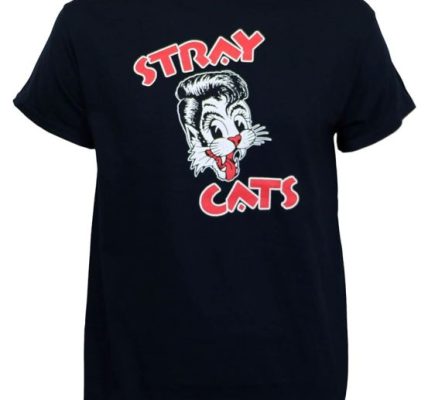In recent years, the phenomenon of stray merchandise has captured the attention of collectors, enthusiasts, and casual shoppers alike. This intriguing trend revolves around products that are either unofficially branded or loosely inspired by popular franchises but exist outside the realm of authorized merchandise. The allure of stray merchandise lies in its unique blend of familiarity and novelty, offering consumers a chance to engage with beloved characters and themes in unexpected ways.
Stray merchandise often emerges from informal markets where creativity intersects with demand. These products might include toys, apparel, accessories, or collectibles that bear resemblance to well-known brands without carrying official licensing. While some view this as a form of intellectual property infringement, others appreciate the cultural expression and grassroots innovation it represents. The items typically feature quirky designs or altered logos that distinguish them from their mainstream counterparts while still evoking a sense of recognition.
One key factor driving the popularity of Stray shop merchandise is accessibility. Official licensed goods can be expensive or difficult to obtain depending on geographic location and availability. Stray items provide an affordable alternative for fans who want to celebrate their favorite stories without breaking the bank. Additionally, these products often appeal to those who enjoy discovering hidden gems-unique pieces that stand apart from mass-produced collections.
The internet has played a pivotal role in amplifying interest in stray merchandise by creating platforms where sellers and buyers can connect globally. Social media channels, online marketplaces, and forums dedicated to niche fandoms facilitate exchanges that were once limited by physical borders. Enthusiasts share photos, reviews, and unboxing videos showcasing their latest finds which further fuels curiosity among potential collectors.
However, there are challenges associated with this market segment. Quality control is inconsistent; some items may suffer from poor craftsmanship or materials leading to disappointment among purchasers expecting durable goods. Ethical concerns also arise regarding copyright laws as companies seek to protect their intellectual property rights against unauthorized reproductions.
Despite these issues, stray merchandise continues to thrive due to its cultural resonance and ability to tap into fan communities’ desires for personalization beyond official offerings. It reflects broader trends within consumer culture where authenticity is not solely defined by brand legitimacy but also by emotional connection and individual taste.
Ultimately, decoding the craze behind stray merchandise reveals a complex interplay between commerce, creativity, legality, and fandom identity-underscoring how modern consumers navigate an ever-expanding landscape of pop culture artifacts seeking meaning beyond conventional boundaries.




